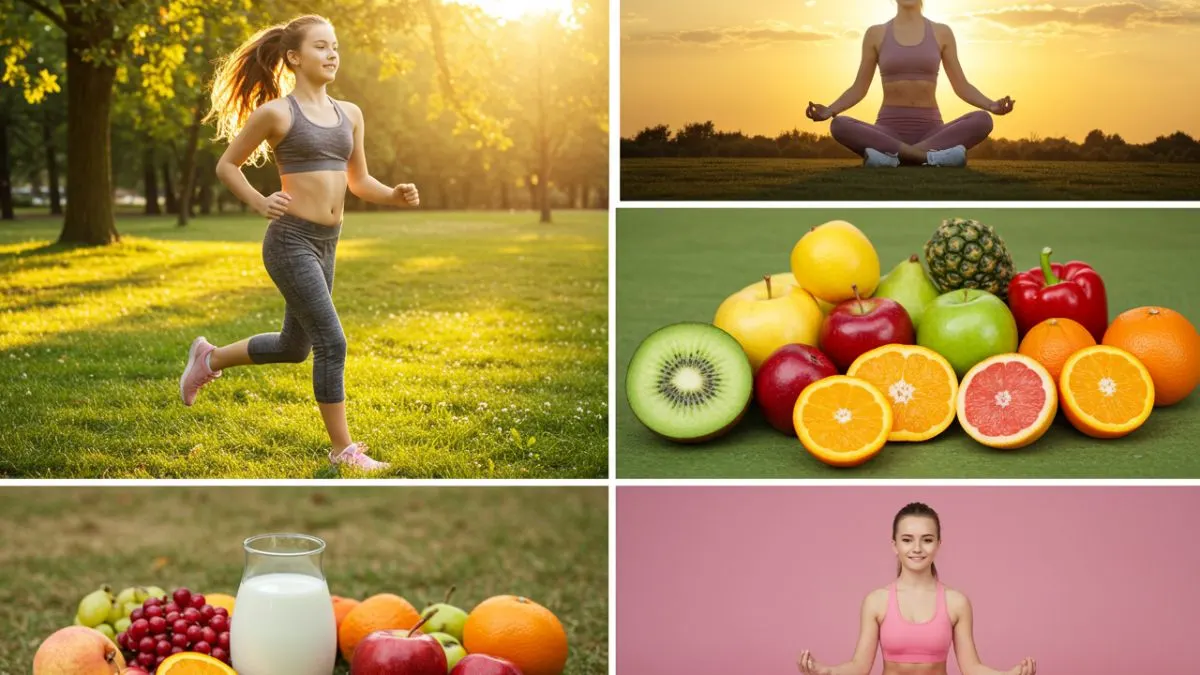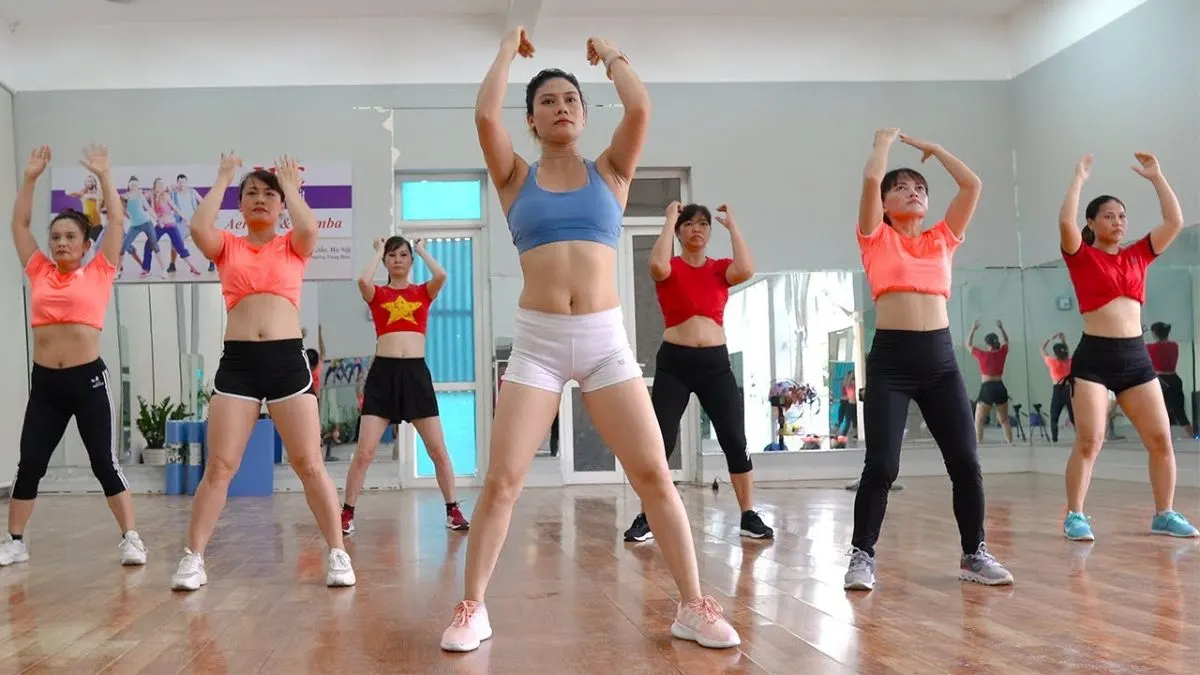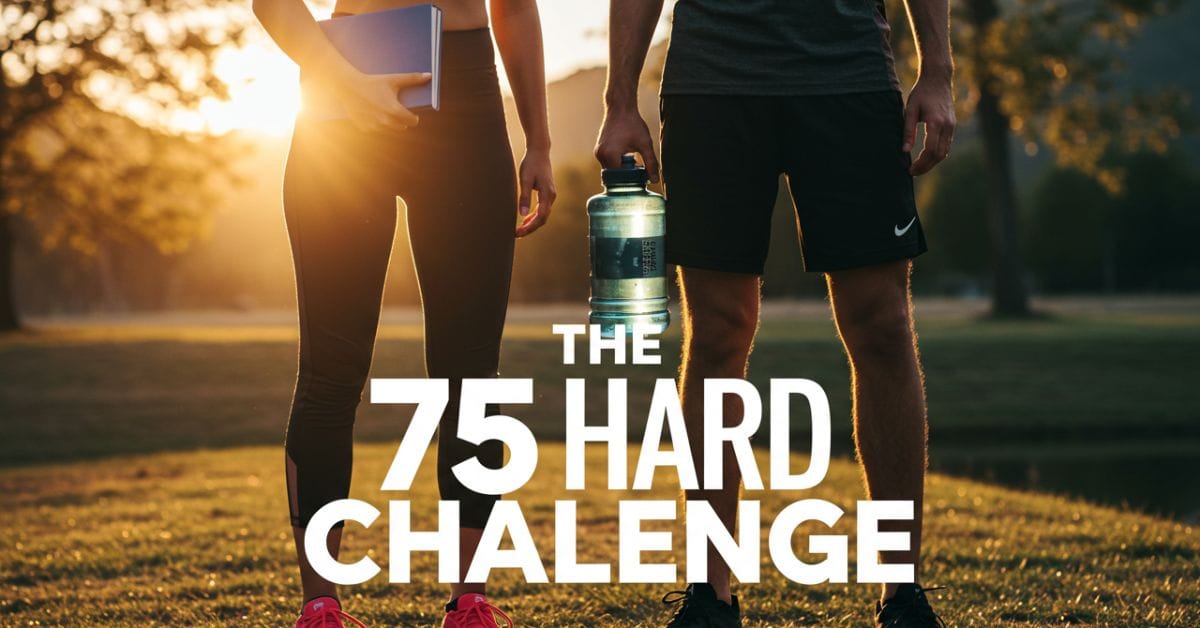When it comes to living a healthy and balanced life, girls often face unique challenges. From dealing with hormonal changes to balancing studies, career, and social life, staying fit can sometimes feel overwhelming. However, health and fitness are not just about looking good—they’re about building strength, confidence, and a happier lifestyle.
Why Health and Fitness Matter for Girls
Staying healthy brings more than just a toned body. For girls, fitness means:
- Physical Benefits: Stronger bones, a healthier heart, and improved energy levels.
- Mental Well-being: Reducing anxiety, stress, and mood swings.
- Confidence Boost: Fitness empowers girls to feel good about themselves.
Common Health Challenges Faced by Girls
Girls often struggle with:
- Hormonal changes during puberty or menstrual cycles.
- Stress and anxiety due to academic and social pressure.
- Nutritional deficiencies, especially iron and calcium, can lead to fatigue and weakness.
Balanced Nutrition for Girls
Nutrition plays a huge role in maintaining fitness. Some essentials include:
- Iron: Prevents anemia (found in spinach, lentils, and red meat).
- Calcium: Strengthens bones (milk, yogurt, nuts).
- Protein: Builds muscles (eggs, beans, fish).
- Vitamins: Boost immunity (fruits, vegetables, whole grains).
Avoid junk food overload—it drains energy and harms long-term health.
Fitness and Exercise for Girls
You don’t need a fancy gym to stay fit. Girls can start small:
- Cardio Exercises: Running, cycling, and swimming for stamina.
- Strength Training: Push-ups, squats, and light weights for muscle tone.
- Fun Activities: Dancing, Zumba, or sports like badminton to keep it exciting.
Consistency matters more than intensity.
Mental Health and Emotional Wellness
Good health isn’t just physical—it’s mental too. Girls can try:
- Yoga for relaxation and balance.
- Meditation to calm the mind.
- Journaling & hobbies for stress relief.
A healthy mind keeps the body healthier.
Fitness During Teenage Years
Teenage girls are at a crucial stage of growth.
- Sports participation helps in building stamina and social confidence.
- Healthy eating habits formed now last a lifetime.
- Avoiding unhealthy trends like crash dieting is key to safe growth.
Health and Fitness for Adult Women
As girls grow into women, responsibilities increase, and fitness often takes a backseat.
- Work-life balance requires conscious effort to include workouts.
- Managing weight through balanced meals and daily exercise.
- Preventing lifestyle diseases like diabetes, PCOS, and heart issues.
Role of Sleep in Girls’ Health
Sleep is the hidden hero of fitness.
- 7–9 hours of rest are essential for recovery and growth.
- Tips for better sleep: no late-night screen use, a calm bedtime routine, and staying hydrated.
Impact of Technology on Girls’ Health
Technology is both a friend and a foe.
- Excess screen time reduces physical activity.
- Social media pressure affects body image and mental health.
- Digital detox days help reset the body and mind.
Self-Care and Personal Hygiene
Fitness is incomplete without personal care.
- Daily hygiene prevents infections.
- Skin & hair care through natural remedies keeps you fresh.
- Hydration improves skin glow and energy levels.
Social and Cultural Barriers in Girls’ Fitness
Many girls hesitate due to myths:
- “Weights make girls bulky.” —False.
- “Sports are only for ‘boys’”—wrong.
- Breaking these barriers empowers more girls to stay active.
How Parents Can Support Girls’ Health
Parents play a key role in encouraging fitness:
- Healthy meal planning instead of fast food.
- Encouraging sports instead of excessive screen time.
- Promoting positive body image so girls feel confident.
Inspiring Fitness Role Models for Girls
From Serena Williams to local fitness influencers, strong women show the power of discipline and health. Girls can take inspiration from these role models and set achievable fitness goals.
FAQs
1. What is the best exercise for girls to stay fit?
Cardio mixed with strength training works best, but fun activities like dancing also keep fitness exciting.
2. How much sleep do teenage girls need?
Teenage girls should aim for 8–9 hours of sleep daily for proper growth and recovery.
3. What foods are essential for girls’ health?
Iron-rich foods, calcium, protein, fruits, and vegetables are vital for energy and development.
4. Can girls lift weights safely?
Yes, lifting light to moderate weights strengthens muscles and bones without making them “bulky.
5. How can girls manage stress effectively?
Meditation, yoga, journaling, and hobbies are great tools to reduce stress naturally.
Conclusion
The health and fitness of girls are not just about a slim body—it’s about strength, confidence, and overall well-being. With proper nutrition, regular exercise, mental health care, and support from family, every girl can lead a healthy and happy life. Remember, fitness is a journey, not a destination.




One Comment on “Health and Fitness of Girls – Nutrition, Exercise & Wellness Guide”